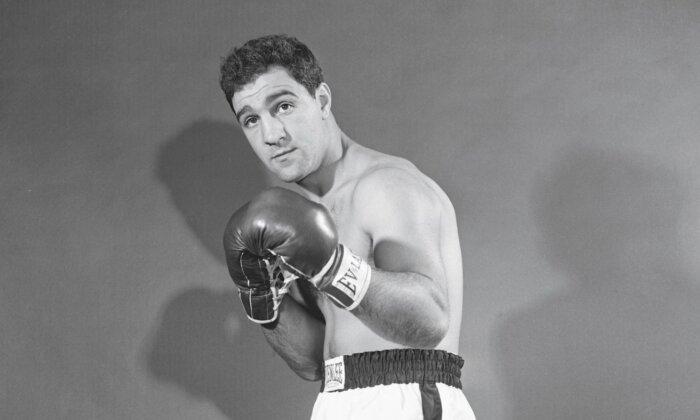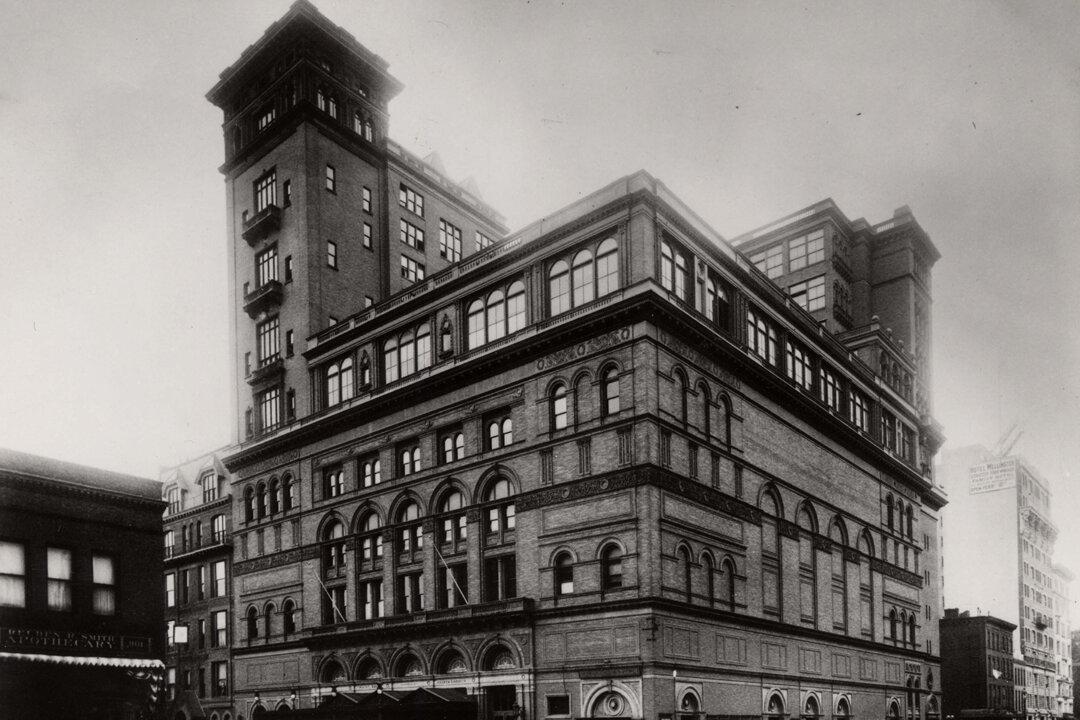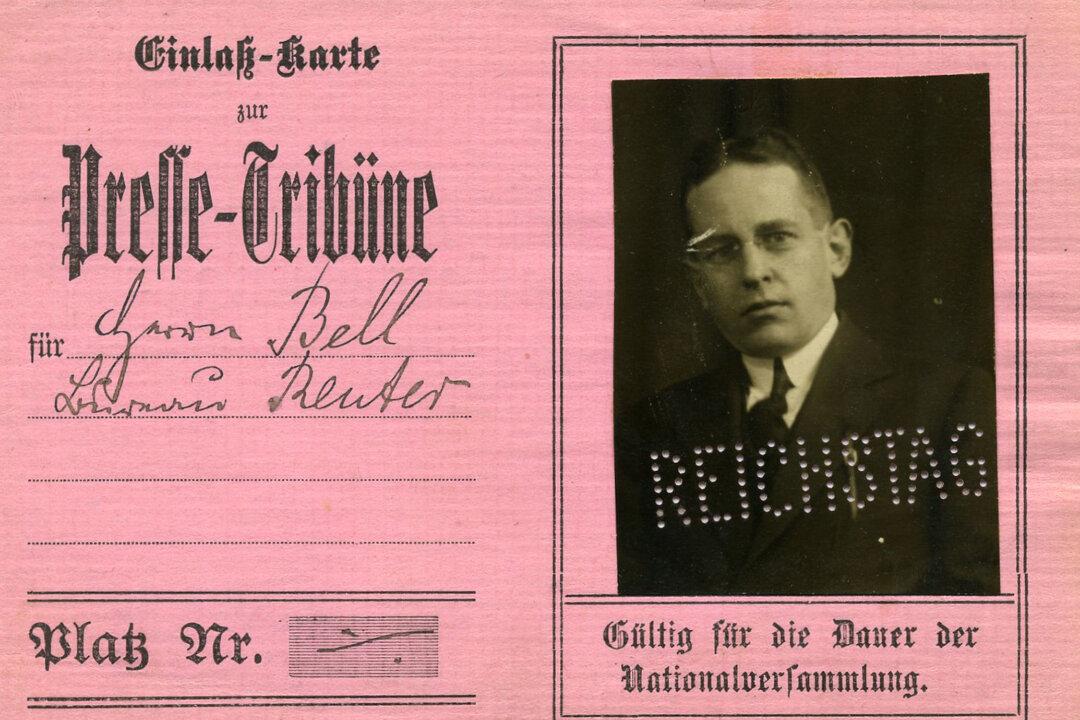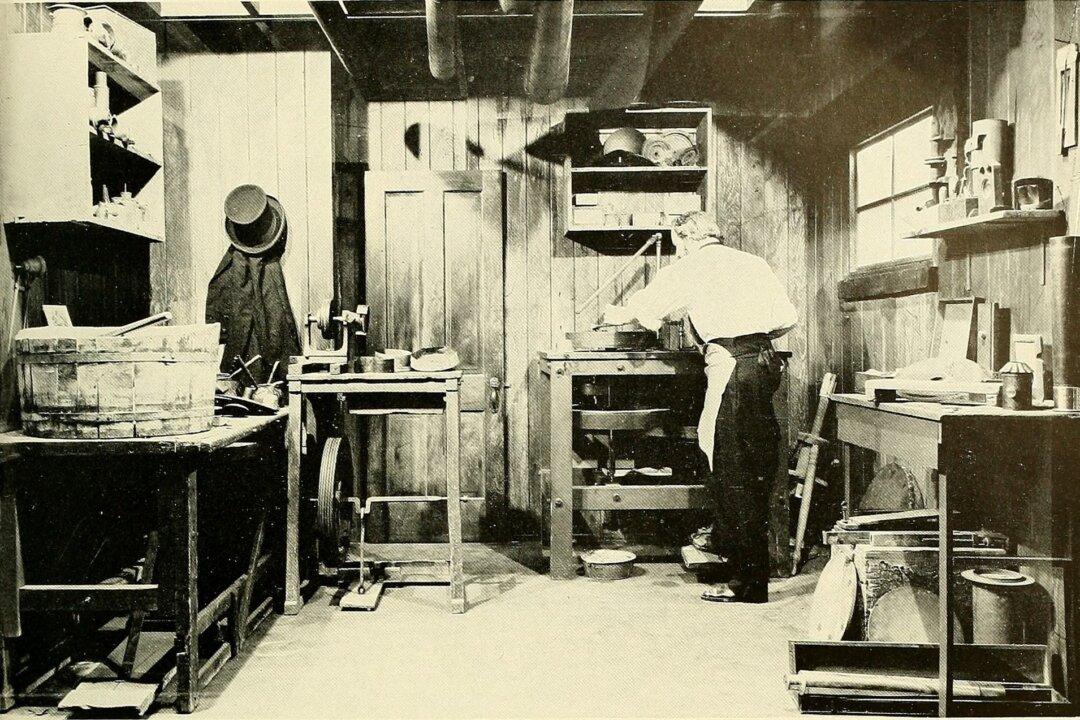Like Father, Like Son
Pierino Marchegiano was born in a small Italian village east of Rome along the Adriatic Coast. Life in Italy, though beautiful, was not sustainable. At 17, Pierino joined the more than 4 million Italians between 1880 and 1920 who immigrated to America. He found a job at a shoe factory in Brockton, Massachusetts, quickly learned English, and fell in love with his adopted country.September 23, 1952: Pierino’s ears perked up to the sound of the national anthem. As the music faded, the large crowd at Philadelphia’s Municipal Stadium roared in patriotic applause. His son Rocco Marchegiano (Pierino named him after his father) walked to the center of the open-air stadium, wearing a robe with his slightly altered name stitched on the back: Rocky Marciano.
It was the ultimate American moment for the Marchegiano family and for countless Italian Americans across the country. Rocky, the son of Italian immigrants, would be battling for the heavyweight championship of the world against Jersey Joe Walcott.

Pierino’s War
Thirty-four years before the title fight and five years before Rocky Marciano was born, Pierino found himself witness to a very different battle. When America entered World War I, he was one of the first Italian Americans in Brockton to enlist. The 23-year-old was shoulder-to-shoulder with fellow Marines in Chateau-Thierry. Their immediate objective was to stop the Germans from crossing the Marne River. Their ultimate objective was to keep them from reaching Paris.The War in the Ring
The ring at Municipal Stadium was surrounded by current and former champions. Joe Louis, Jack Dempsey, Gene Tunney, Jimmy Braddock, Sugar Ray Robinson. Marciano, an 8-to-5 favorite, hoped to soon join their champion ranks. Although the smart money was on the undefeated Marciano (42-0), Walcott scoffed at the odds and declared, “He can’t fight. If I don’t lick him, take my name out of the record books.”The opening bell had hardly rung before Walcott made the bettors shiver with anxiety. Walcott landed a hard left hook to Marciano’s chin, dropping him for the first time in his career. It was the same left hook he landed to knock out Ezzard Charles for the title. The crowd roared and jumped to their feet, but almost as quickly as the crowd had risen, so had Marciano.
The knockdown was no fluke. Marciano was in for the greatest test of his boxing career.

The Crimson Mess
Marciano may have heard war stories from his father. If not, Pierino’s scars were enough to convey that his father had endured the worst that war could offer. Pierino had not only fought at Chateau-Thierry, but he also fought in the bloodiest campaign in American history: the Meuse-Argonne Offensive.A scar was visible on the left side of his face from when a grenade exploded near him. The blast had sent shrapnel through his cheek, knocking loose several teeth. Undeterred, he spit them out and kept fighting.
Walcott’s punch by no means compared. Marciano was back on his feet, moving quickly to Walcott. The champ continued to pour on the punishment. When he landed another hard left hook and a straight right, ringside announcer Bill Corum announced, “Those are stunning, powerful blows that Joe is landing.”
The two fighters pounded away at each other. In the fourth round, Marciano tried his famous Suzie Q―a feint left followed by a hard right. He missed, only grazing the neck of Walcott. The two were gaming for a knockout, landing several punches even after the bell. By the sixth round, Walcott developed a cut on his left eye and Marciano a cut on his forehead.
“Marciano’s face is a crimson mess,” Corum proclaimed.
Chemical Agents
Marciano’s and Walcott’s cornermen worked to staunch their bleeding. Chemical agents were innocently used, but to painful effect.Sweat, blood, and a chemical seeped into Marciano’s eyes, making it impossible to see clearly. Walcott pummeled the challenger with jabs. In desperation, Marciano landed a hard right to Walcott’s face. The crowd uttered a collective “ooh.” It was a punch that had dropped lesser men.
“There’s something in my eyes. They’re burning,” Marciano yelled. His corner worked feverishly to wash out the chemical, but to no avail.

“They’re trying to get whatever it is out of Marciano’s eye,” Corum explained before the start of the ninth round. “He was squinting badly at the end of the round and he is still in his corner.”
A hideous yellow smoke flowed across the destroyed landscape of France. A cry rang out. “Gas!” Pierino fumbled for his mask. He had no doubt heard, if not witnessed, the symptoms and ultimate fate of those who inhaled the chemical agent of mustard gas. Frantically, he pulled the mask over his face. A panic surged through him as his eyes burned and his breathing became difficult. He had not put the mask on quickly enough.
Pierino would spend the rest of his days with a sulfuric taste in his mouth and lungs that struggled to capture enough oxygen.
The cornerman pressed the water-soaked rag onto Marciano’s face in hopes of clearing the fighter’s eyes. Finally, relief.
A Battle of Attrition
The sweat-drenched, blood-splattered foes stalked each other in the 10th. Walcott’s left eye had swelled to near closure, as had Marciano’s. For both, the swollen, distorted area became a target. Marciano landed a jab then a hard right to Walcott’s chin. The champ laughed it off. Marciano landed a hard right hook that could be heard several rows deep. The crowd screamed in anticipation.“Marciano hit him with a good right hand and brought that silly grin to Walcott’s face,” Corum said.
Walcott responded with a right to Marciano’s chin. Marciano leaned away then stepped forward with the hardest body shot of the fight. Walcott leaned over and returned a body shot of his own. Marciano doubled over before ripping a deadly right to Walcott’s head. Barely fazed, the champ landed a right hook to Marciano’s body. The 10th would herald the hardest punches of the fight.
“Bang. Bang again!” Corum called. “It’s a battle of attrition now.”
The two leaned on each other, only coming up to throw hooks and uppercuts. A split second before the bell, Marciano missed with a left uppercut, but landed a devastating right. The sound of it, like a mallet to hamburger meat, echoed from the ring. The crowd oohed. The champ walked away seemingly unaffected.

A Show of Endurance
When Pierino returned home after peace was settled in Europe, he faced his own battles of attrition. His body and mind had taken a beating. Along with physical struggles, there arose strong anti-Italian sentiment as labor strikes and anarchist movements increased. Pierino never joined a union; he preferred to work steadily, keep his head down, and power through the hard times.When he married Pasqualena Picciuto at St. Patrick’s Church on August 7, 1921, his father-in-law, Luigi Picciuto, raised a glass and proclaimed, “May you and my beautiful daughter live to be a hundred―and may your firstborn be very famous.”
The Final Round
Marciano had never fought past the 10th round before. The greatest test of his career would arrive in the 11th. A moment that would require all of his power to endure.One, two, three, four Marciano punches missed, bringing a white-mouthguarded smile to the champ’s face. Walcott responded: One, two, three, four—five, six solid punches landed in succession.
“Now Walcott has Marciano in trouble! Marciano is rocking,” Corum exclaimed. “Marciano’s eye is badly cut.”
Referee Charley Daggert broke the two fighters apart. Walcott walked toward the bent Marciano and drove a right to the side of his head. “Walcott trying to finish him. He’s got him pretty near helpless. Rocky hanging on,” Corum yelled into the microphone. Walcott landed another left hook. “Walcott’s fight now if he can finish him.”
The crowd held its breath. “And the bell. A welcome bell for Rocky Marciano,” Corum said.
Marciano had survived the 11th. But Walcott, seemingly made of iron, was not done. In the 12th, he pounded Marciano’s swollen shut eye with jabs. Marciano landed a hard right hook, but Walcott again took it in stride. “Walcott seems to be able to handle anything Marciano can throw,” Corum said.
Marciano lunged and missed. He tried to pin Walcott on the ropes. Walcott halted Marciano’s momentum with a crushing left that erupted the crowd. He followed with an equally powerful left to the head. Two more hooks landed to close the round.
By now, Walcott had a commanding lead. Daggert had the fight scored 7-4-1. Judge Pete Tomasco and Judge Zach Clayton had it scored 7-5 and 8-4, respectively.

Marciano had landed punches that had knocked out opponents. Punches that had knocked opponents out of the ring. Walcott, however, appeared unconquerable. The bell rang and the fight now entered “the championship rounds.”
“Now we go Round 13. The unlucky number. Maybe,” Corum stated.
For the first half-minute, the two fighters worked cautiously. Jabs falling short. They circled the ring as if trying to conserve energy.
“Walcott is plainly intent on staying away if he—There’s a right hand!” Corum yelled over a raucous crowd.
Marciano had executed the Suzie Q to perfection. His right hook had connected on the front left side of the jaw just as Walcott began to throw a right of his own. Marciano had beaten the champ to the punch, and now Walcott was a crumpled heap, his left arm dangling on the rope. “Five! Six! Seven!” Daggert yelled over Walcott’s unconscious body. “Eight! Nine! Ten!”
“And Rocky Marciano is the heavyweight champion of the world!” Corum yelled. “Rocky Marciano!”
It was over. Pierino―the standard of strength and endurance for the Marchegiano family―embraced his son, Rocky Marciano―the American standard of strength and endurance.









Friends Read Free